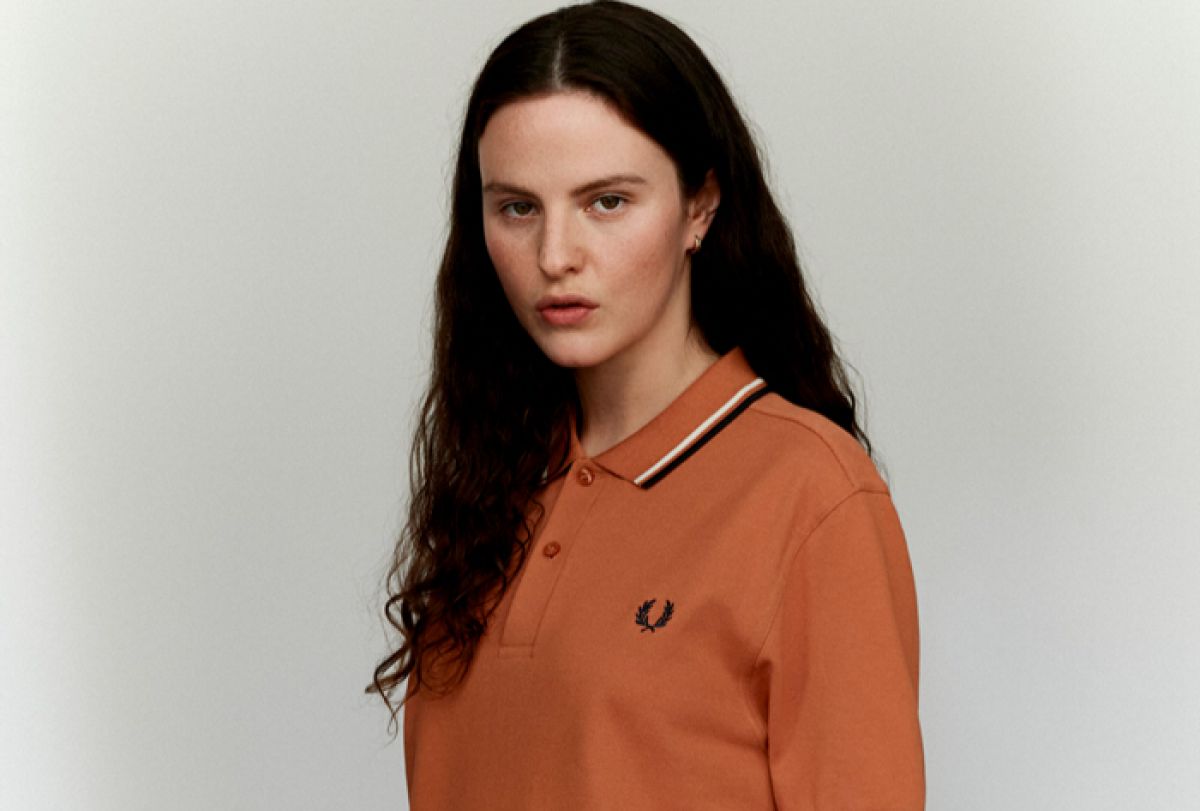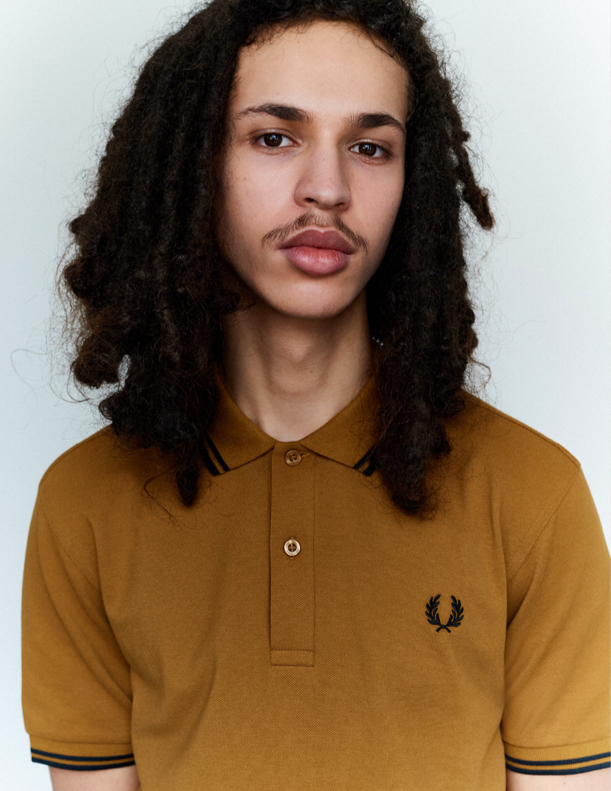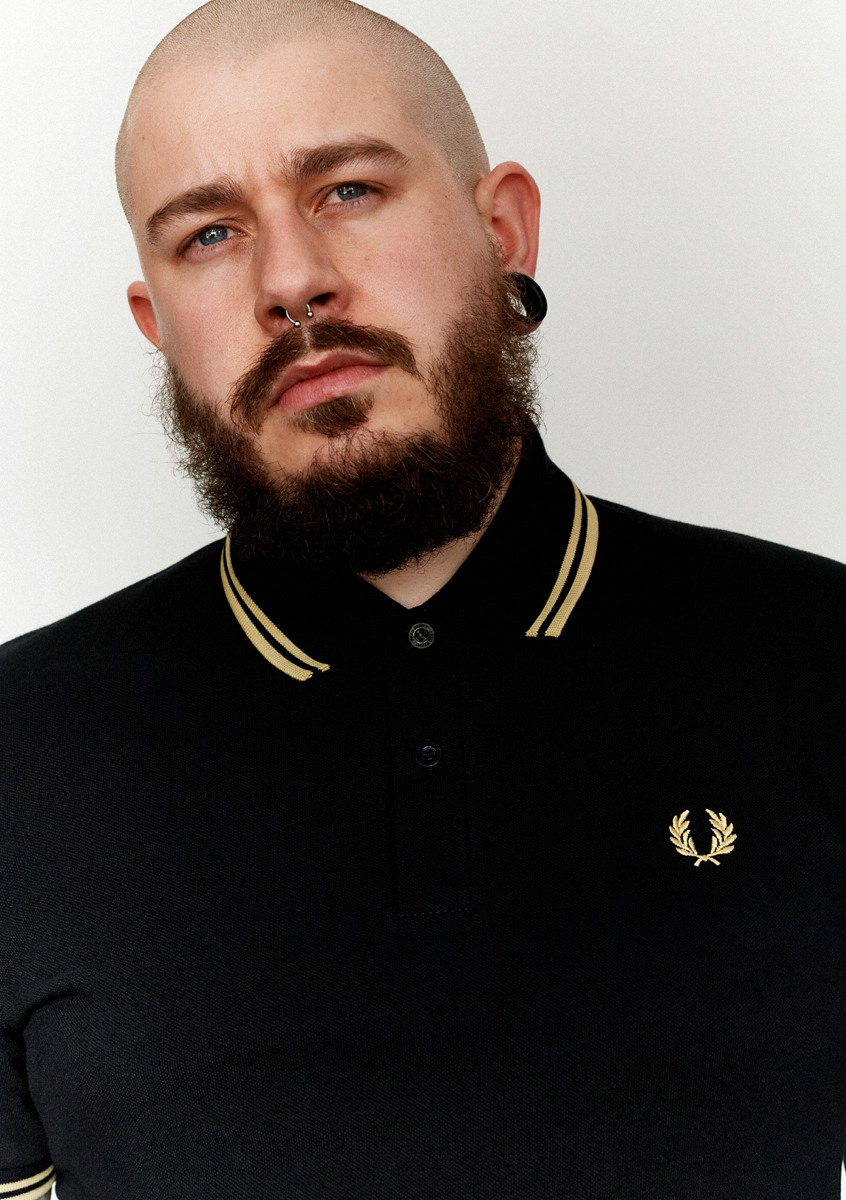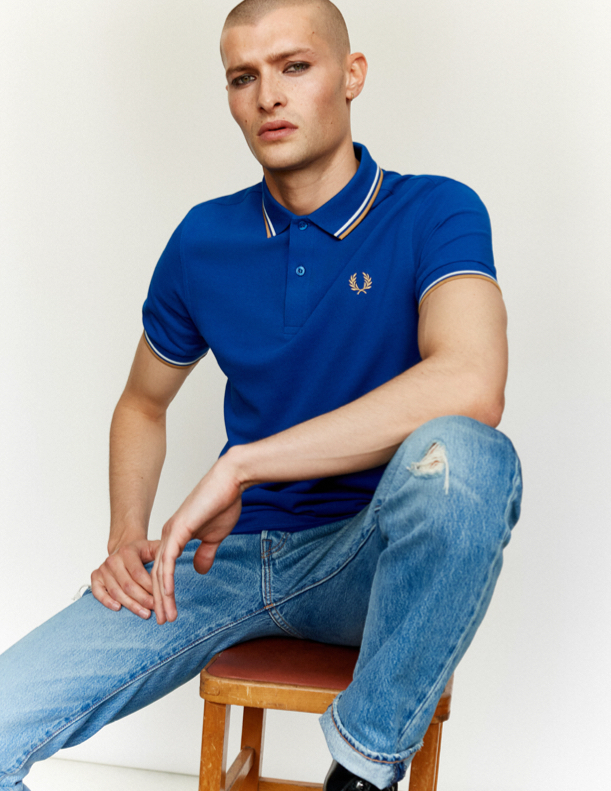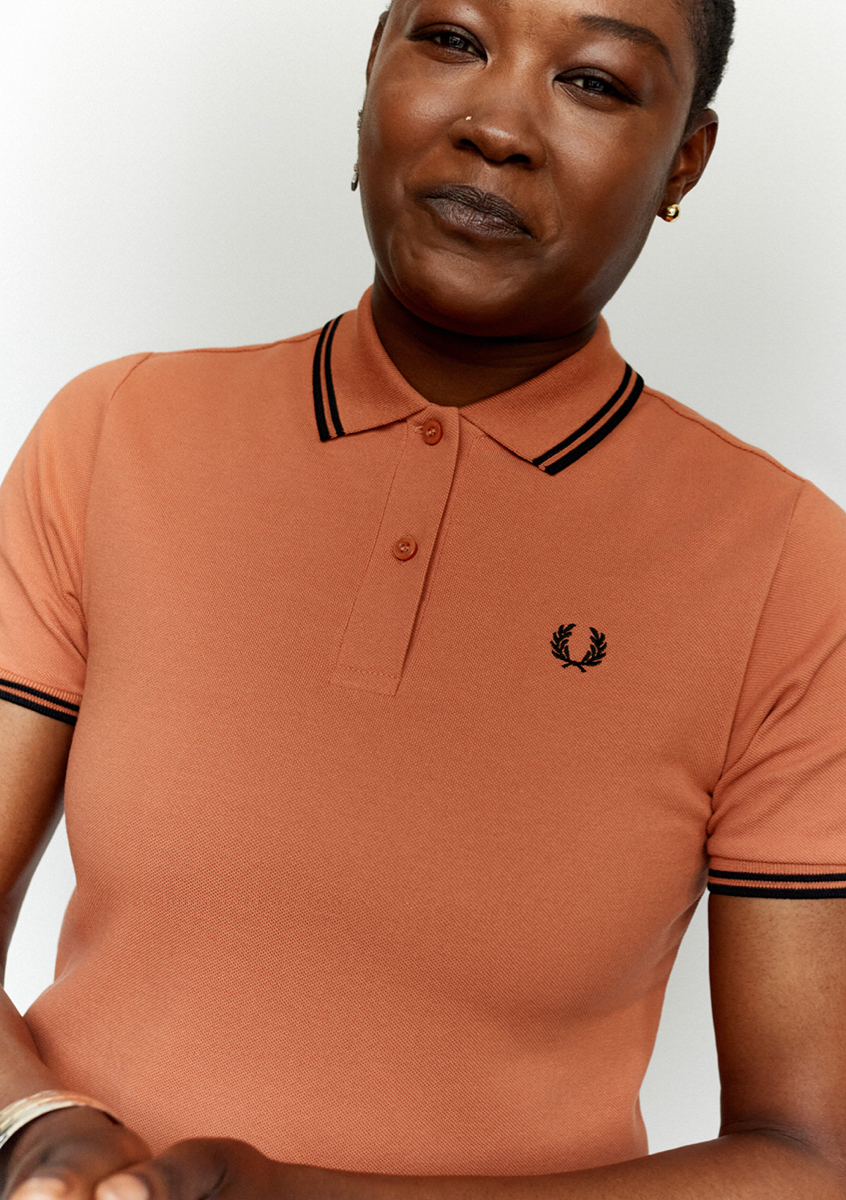Neil Tennant, of Britain’s biggest-selling pop duo the Pet Shop Boys, was a prominent pioneer, answering the question as to why he buttons up his shirts by declaring: “I like functionality. There’s a top button, so why not use it? Also, an open shirt is just too casual. That’s not me.”
And it’s this simple method of achieving a formal effect that proves enduringly attractive.
When it comes to the M3600 Fred Perry Shirt, the answer is simple: now is the time to button up; since, ahead of the brand’s 70th anniversary, a particular tailoring feature has been reintroduced. From 2022, the M3600’s ‘grown on’ button placket (where the placket is part of each shirt front) will be replaced by a separate ‘set-in’ placket. As a result, the fastening of the top button presents an air of the wearer having considered their appearance.
